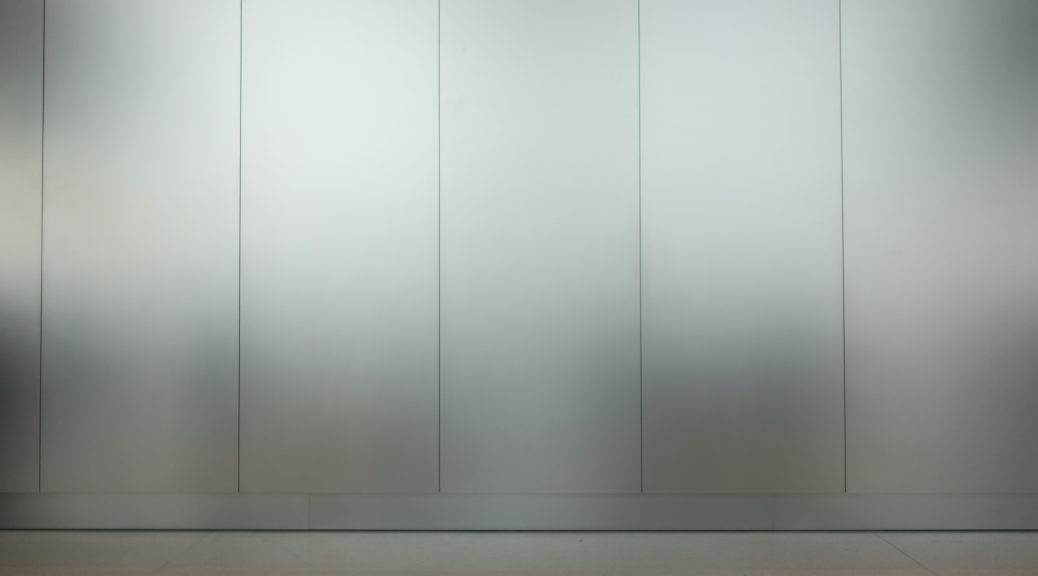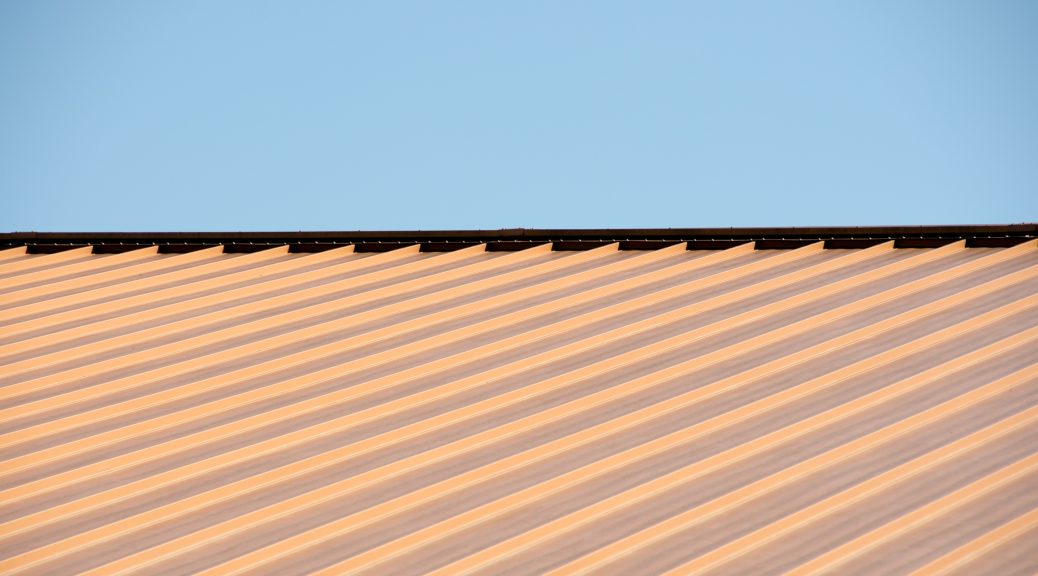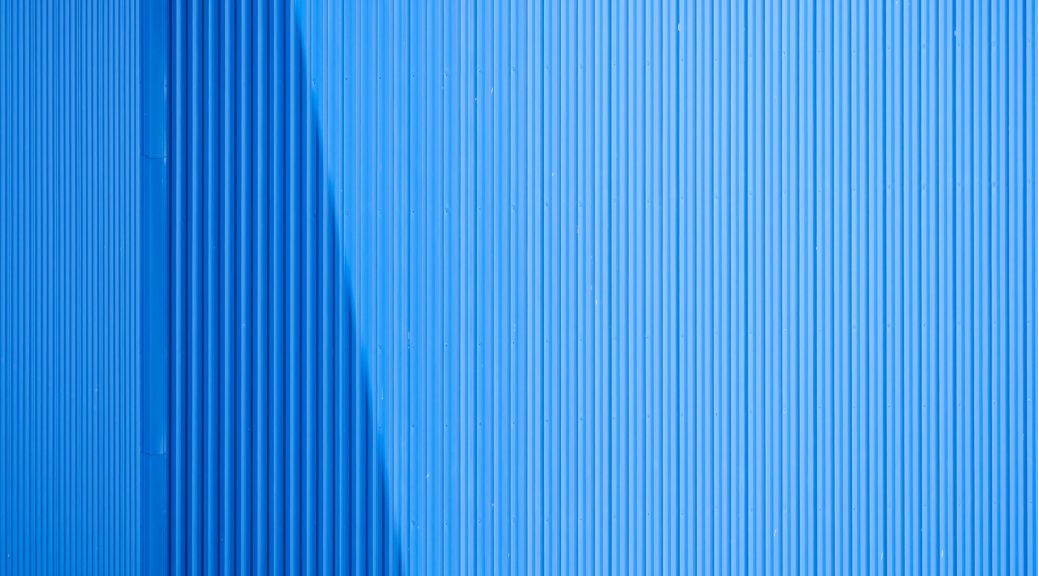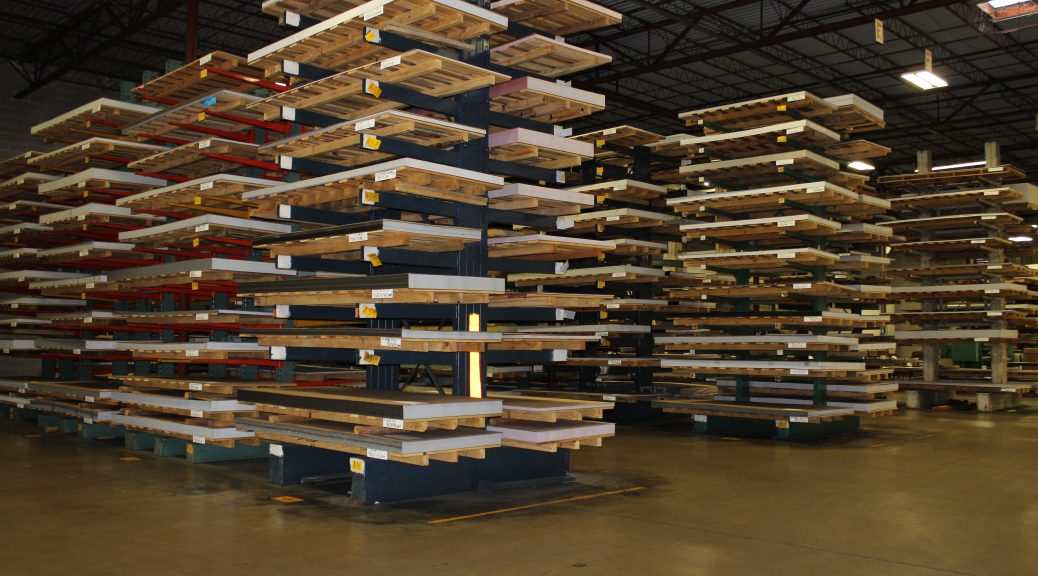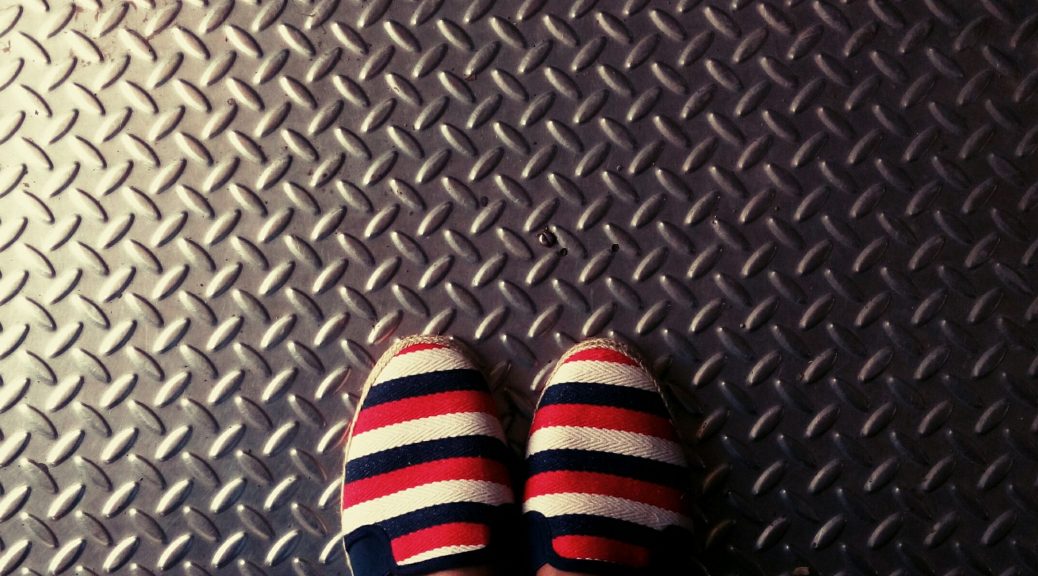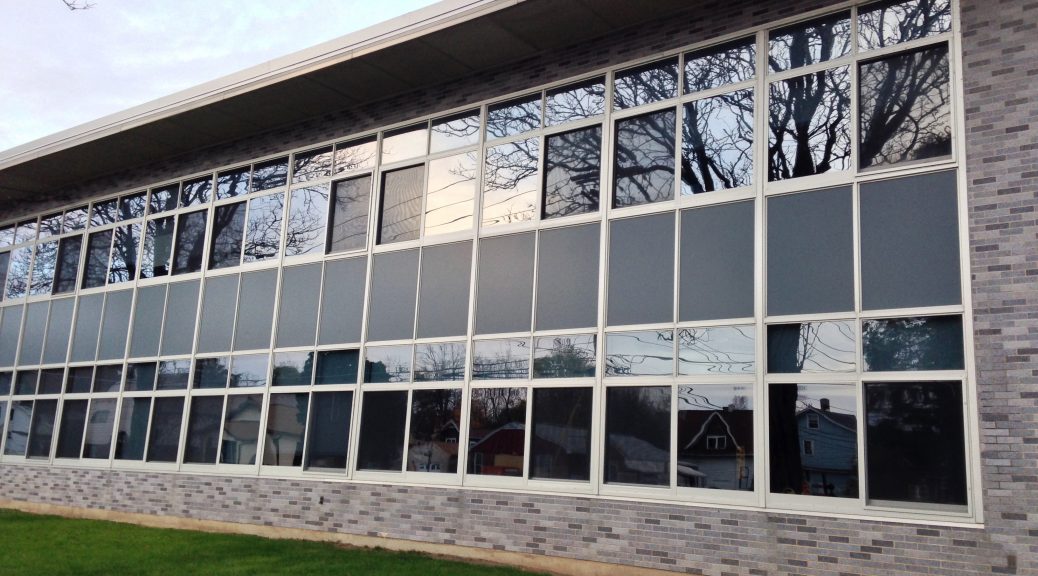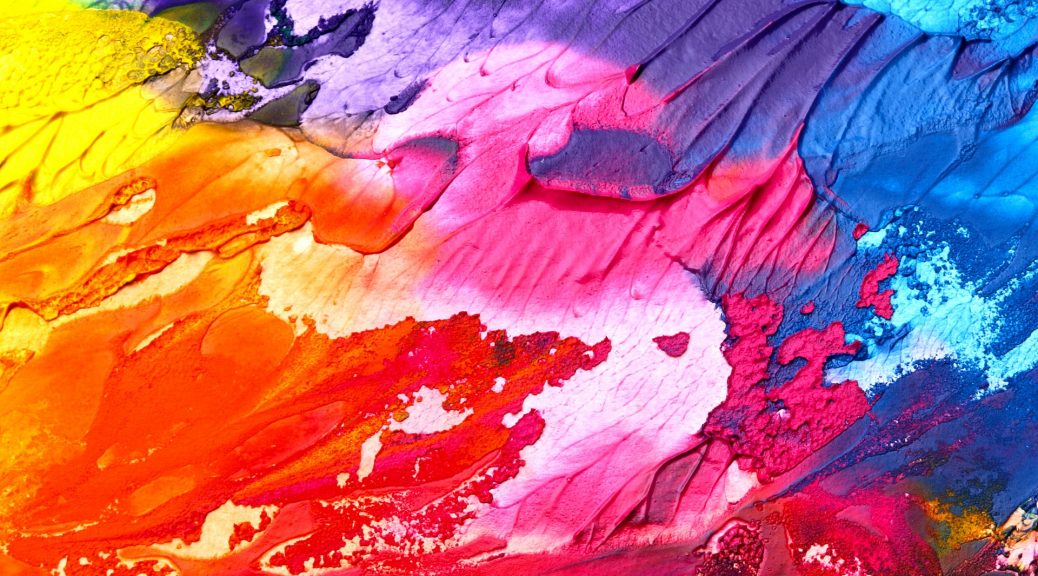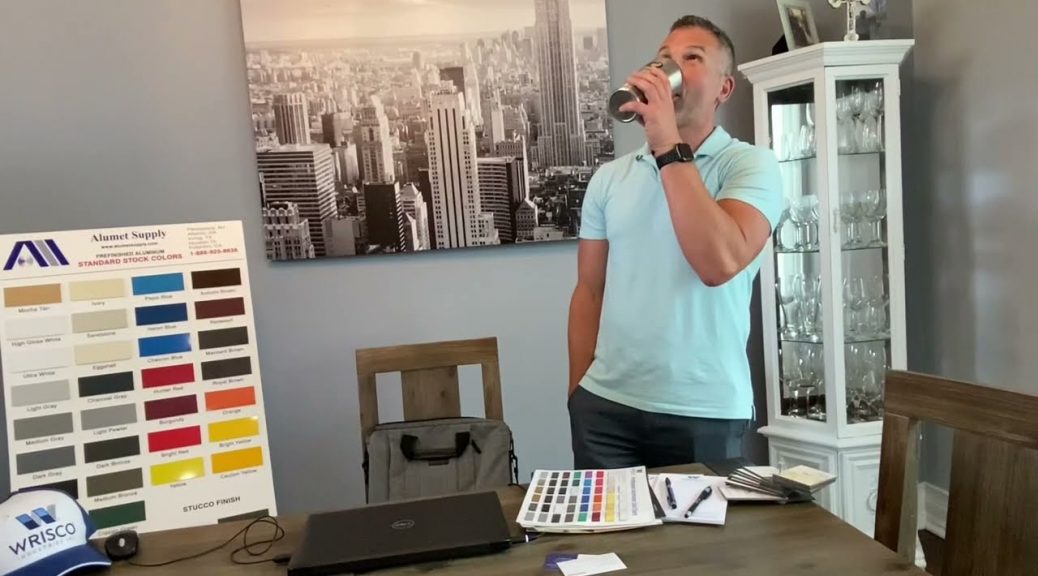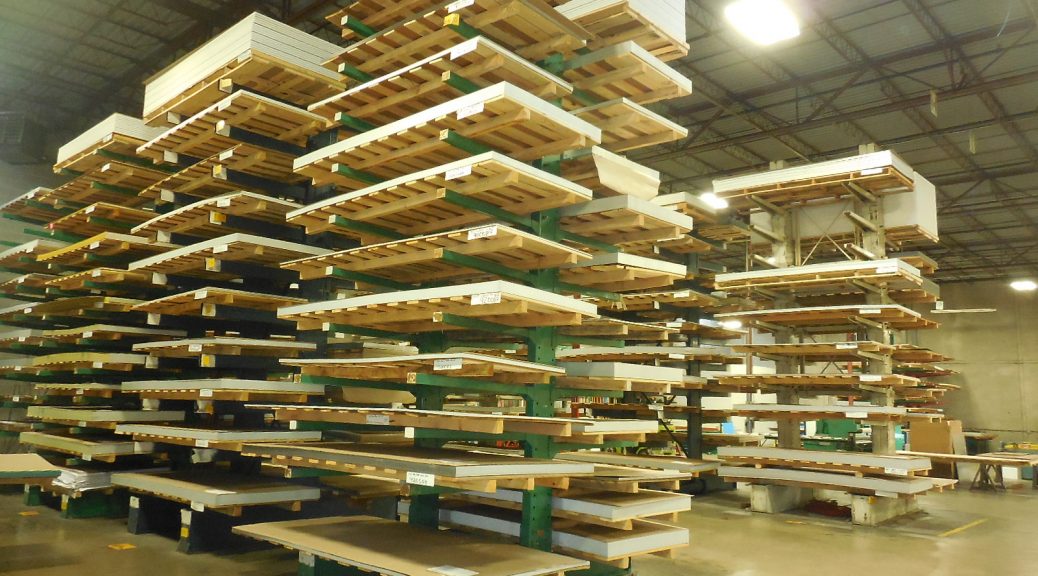Used throughout a multitude of applications, stainless steel has been a popular choice for builders across the country—and for good reason! Stainless steel offers builders a wealth of benefits all combining together to create not only allows for stunning design applications, but one that exceeds functionality expectations. Stainless steel remains an incredibly versatile building material while staying inexpensive compared to other options. If you’ve been considering using stainless steel for your next project, consider the following benefits!
Cleanliness
Stainless steel is actually incredibly easy to clean and sanitize, allowing you to easily wash away any dirt, grime, and bacteria effortlessly when cleaned down. Its low maintenance requirements make it an ideal choice for application in areas such as hospitals and clinics that require easy to clean surfaces.
Corrosion Resistance
One of its most well-known benefits, stainless steel has a very high resistance to corrosion. Originally advertised as a “rustless steel”, the inclusion of chromium made it highly resistant to corroding in any environment. Only under certain conditions (exposure to cleaners, chloride, high humidity, high salinity environments, and/or mechanical abrasions) will stainless steel show signs of rusting, however in most other cases the chromium oxide layer protects the steel and is able to repair itself fast enough to avoid the metal rusting.
Aesthetically Pleasing
One of the key reasons people elect for stainless steel on their projects is that it’s simply beautiful! Whether used as accent notes throughout a home, or as wall cladding for an office building’s exterior, stainless steel is simply great to look at. If you’re looking for a building material that’s guaranteed to turn heads, look no further than stainless steel.
Durability
Stainless steel is remarkably tough, thanks to its high impact resistance due to low brittleness in both high and low temperatures. This means that stainless steel will keep its shape no matter the environment it’s dropped in. In addition, at its melting point stainless steel can be molded, welded, and fabricated to fit your specifications as needed.
Sustainability
Stainless steel is actually a sustainable building material, typically constructed from 70% scrap metal. From there, stainless steel is 100% recyclable, ready to be used yet again for another project. Stainless steel will continue its cycle of usability long after it’s removed from your project.
Stainless steel is an unbelievable building material that only positively impacts your project, and Wieland-Wrisco is here to supply you with the highest quality stainless steel! We offer 24GA & 26GA Stainless Steel Sheet & Coil in both 2B & 2D finishes. For other gauges and finishes, contact us today online so we can properly assist you!

